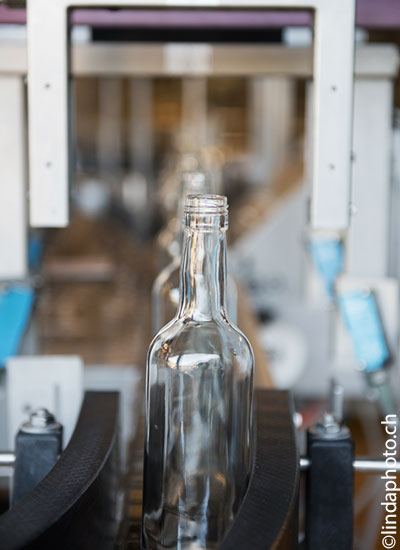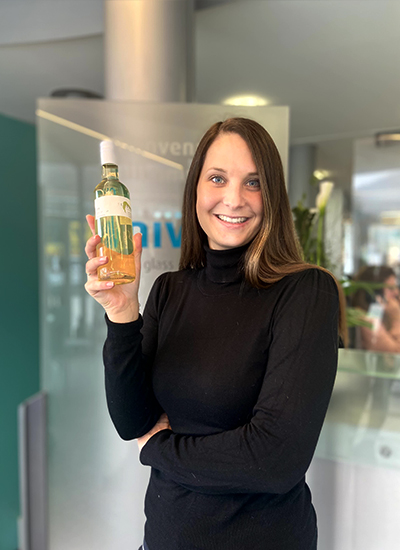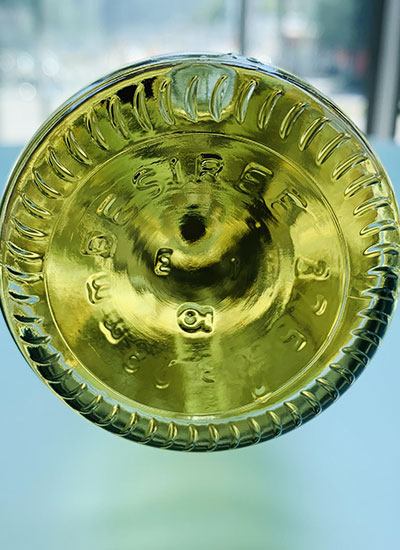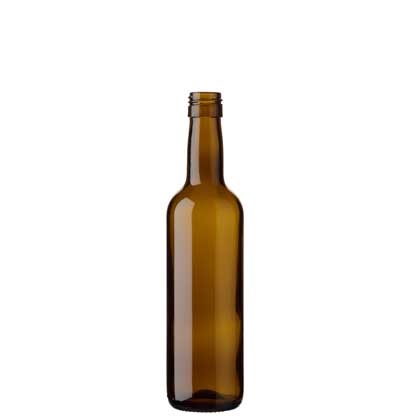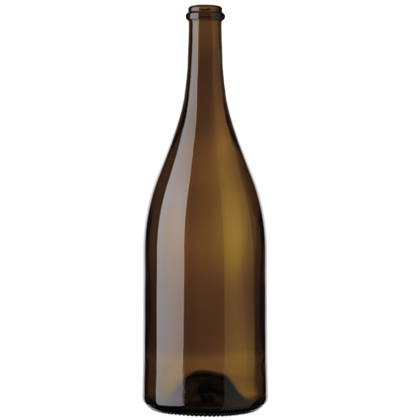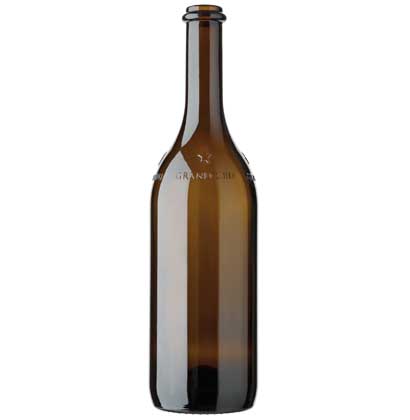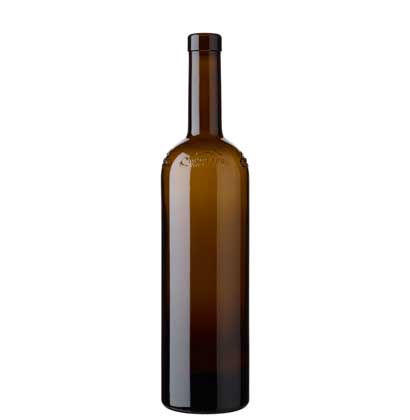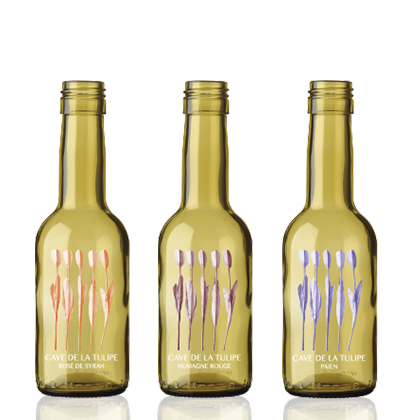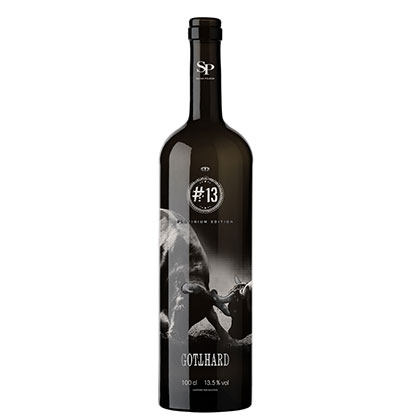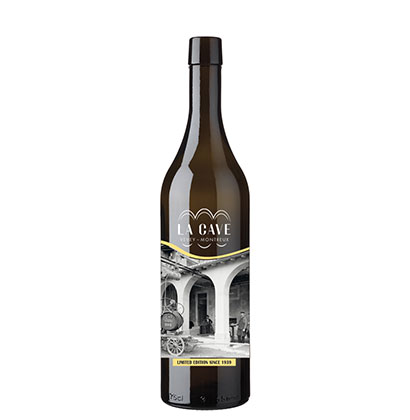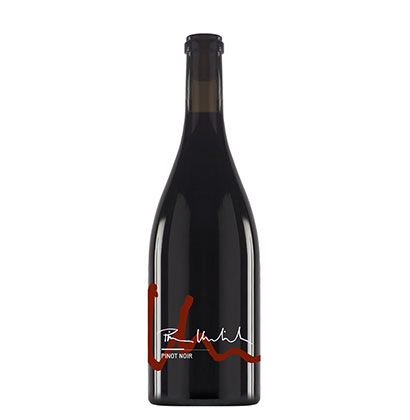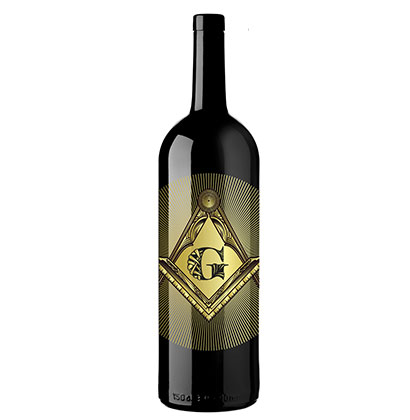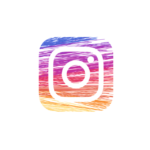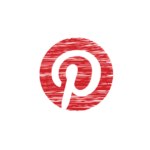“We’ll have another Désirée”, we often say during an aperitif. This bottle of wine Désirée in 50cl or 37,5cl sizes is one of the most popular of all wine bottles. But where does the name come from and why has this bottle of wine become one of the most popular? We will tell you the whole story.
The Désirée wine bottle – The original idea
Until the end of the 1980s, there were very few different shapes of wine bottles on the market. The focus was not yet on the design of a bottle. The 50cl crown-shaped bottle of Burgundy wine was particularly prevalent. “Customers came to us and asked if we couldn’t create a wine bottle that would also look good on a table,” recalls Fabio Naselli, CEO of Univerre Pro Uva. With this idea from customers, Fabio Naselli started to think about how to meet such a demand and create a wine bottle that would also enhance the wine.
After long research and in collaboration with the customers, the Désirée wine bottle was developed in 1987. At that time, a 50cl screw-top wine bottle was innovative, practical, beautiful and elegant.
No bottle without a name
What many people may not know is that the wine bottle was originally supposed to be called Isabelle or Jasmine. At the time when the name of the wine bottle was being considered, Fabio Naselli’s daughter was born. So it seemed logical to name the bottle after his daughter Desiree. “It’s very special to know that a bottle of wine has my name on it, especially when I hear it often during an aperitif. Then I always feel like someone wants something from me” jokes Désirée. The 34-year-old has been working at Univerre herself for seven years and the story of the Désirée wine bottle often comes up during customer visits: “When we tell the story of how the Désirée wine bottle got its name, everyone is always happy to meet the person who gave the bottle its name. Sometimes people also want to take a selfie with me” laughs Désirée.
The success of the Désirée bottle
The Désirée 50cl wine bottle was launched in 1987 in white and green and was an immediate success for Univerre. This invention allowed the company to become one of the leading distributors of glass bottles in Switzerland. The wine bottle was exactly what the market needed. In the first year, 10 to 15 million Désirées bottles were sold per year. The bottle was so successful that it was copied several times. The real and original Désirée wine bottle can be recognized by the embossed name on the bottom of the bottle. Shortly after its introduction on the market, the Désirée wine bottle, with a capacity of 37.5cl and 25cl, was launched.
Today, the Désirée wine bottle is one of the biggest standards in Switzerland and has even become a deonym over the years: “When a word has gone from a proper name to a generic name, like the great brands “Tipp-Ex” or “Labello”, you realize that Dad did it right“, explains Désirée, “It makes me proud of Dad, that he created something so wonderful, so innovative and above all so sustainable. We still have a lot to learn in this sense with my brother, David, who also works in the company.“
A bottle shape of your own – from the idea to the realization
The example of the Désirée wine bottle shows that it is important to adapt to the market and to continue to reinvent oneself. Eye-catching and innovative bottle shapes are increasingly important to stand out from the market and especially to enhance the value of your products. The conditions for making your own bottle shapes, or improving existing ones, are much easier today than they were a few years ago.
The design packaging of a wine bottle
Innovative and creative packaging designs in the wine sector have been in high demand for several years. The wealth of ideas and especially the variety of different bottle shapes are as unique as they are creative. The strong image of a brand and its exceptional packaging are the key to entice customers to try the product. Packaging is also the most important tool to give a brand the momentum to make the product itself a success.
Create your own wine bottle shape
Today, you can create your own wine bottle shape from a small minimum order quantity:
- 75cl from 12’000 pieces
- 37.5cl e 50cl from 14’000 pieces
At the beginning of the creation of a clean bottle shape, there is the idea. This idea is put on paper and then created in digital form with all the technical requirements that a bottle entails. The first samples can then be created using a 3D printer. This allows you to touch the shapes and customizations of a wine bottle and, if necessary, to improve or modify them. The production is then organized in a glass factory and quickly, the own bottle shape can be launched.
Enhance an existing bottle of wine
It is also possible to enhance an existing wine bottle. This can be done by screen printing or digital printing. The different types of printing offer many different possibilities. On the one hand, haptic experiences can be created by relief printing, or a refinement by gold or platinum printing on a wine bottle.
The shapes of wine bottles – history
The art of glassmaking was already mastered in ancient Egypt, 4 millennia before Christ. This knowledge reached the Mediterranean region with the Phoenicians. Even then, people appreciated the advantage of glass: as a storage container, it could be blown into any imaginable shape, colored and, of course, quickly remelted. In Roman times, glass production really took off. The Romans then spread this knowledge throughout Europe.
The use of wine bottles spread throughout Europe in the middle of the 17th century. At that time, standard wine bottles were very low, with a wide base and a very long, thin neck. Over time, the shapes changed to better preserve the wine and the bottles became more similar in shape to what we know today. In the early 19th century, there were different shapes of wine bottles, designed for certain regions. For example, the bottles of Bordeaux, Burgundy or Champagne, which are still known today.
Im Jahre 1977 legte die Europäische Gemeinschaft ein einheitliches Fassungsvermögen für Weinflaschen als Norm mit 75cl pro Weinflasche fest.
Today, the special shapes of wine bottles and the design of their packaging are indispensable. Many different shapes and colors are produced for wineries, spirits producers or even breweries. In many regions, special bottle shapes have even been developed for entire wine regions to give the locality a strong identity and recognition value. This allows the region in question, but also the individual wineries, to present their wines in a unique way.
Regional wine bottles and their shapes
Customers who trust us
More on:
Contact us for further information.
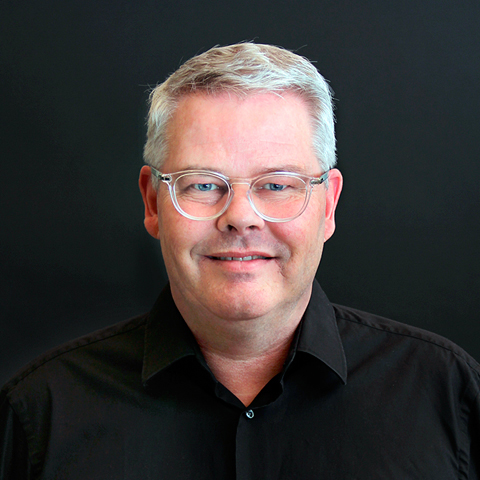
Burgat Olivier
Head of Sales Swiss Romandie and ValaisBurgat Olivier
Head of Sales Swiss Romandie and ValaisPhone:+41 79 273 16 50

Chudy Loïc
International SalesChudy Loïc
International Salesphone::+41 79 524 72 19

Erismann Joel
SUISSE ALÉMANIQUEErismann Joel
SUISSE ALÉMANIQUEEffretikon
Mobile:+41 79 274 45 33
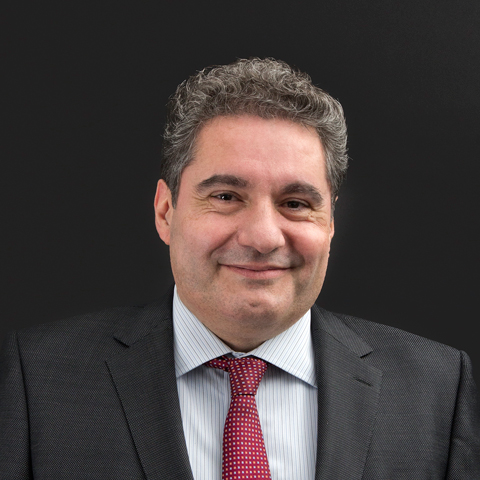
La Rocca Marcello
Tessin & Suisse alémaniqueLa Rocca Marcello
Tessin & Suisse alémaniqueResponsable de ventes Suisse allemande & Tessin
Phone:+41 52 355 39 41
Mobile:+41 79 447 94 48

Lehmann Martin
Suisse alémaniqueLehmann Martin
Suisse alémaniquePhone:+41 79 393 83 25

Longo Jimmy
Tessin & Suisse alémaniqueLongo Jimmy
Tessin & Suisse alémaniquePhone:+41 79 958 65 00
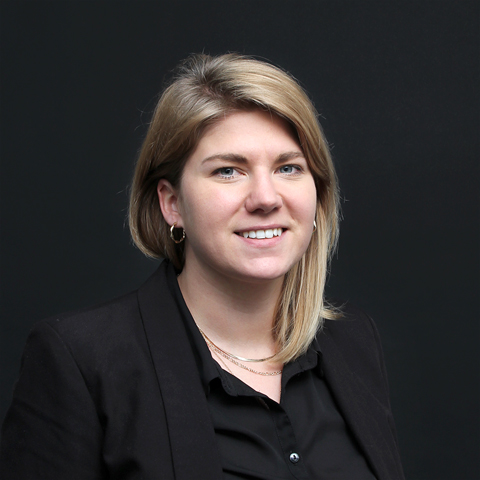
Meyer Safrane
Suisse RomandeMeyer Safrane
Suisse RomandePhone:+41 79 332 94 54

Naselli David
Chief of Sales and Marketing OfficerNaselli David
Chief of Sales and Marketing OfficerMarketing | Marketing & Ventes
Phone:+41 79 631 58 80
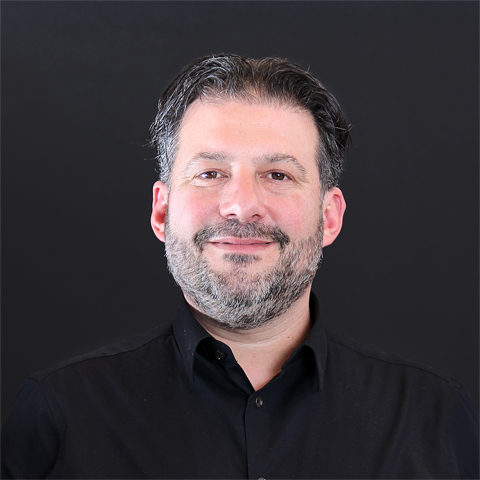
Schornoz Sébastien
Suisse RomandeSchornoz Sébastien
Suisse RomandePhone:+41 79 508 63 97
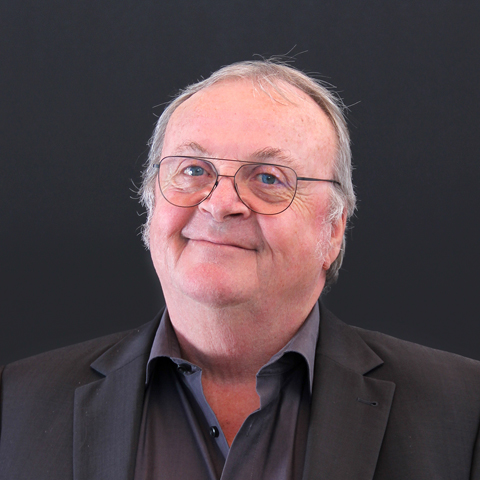
Vuignier Etienne
Suisse RomandeVuignier Etienne
Suisse RomandePhone:+41 79 310 92 42

